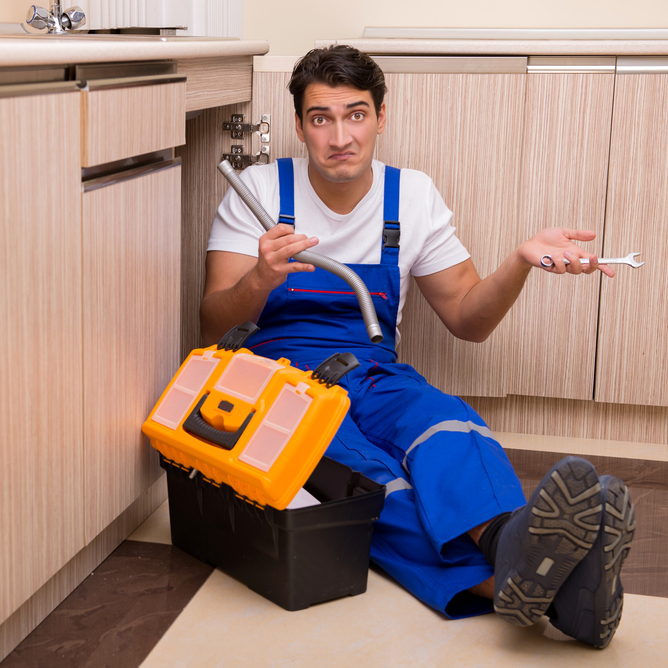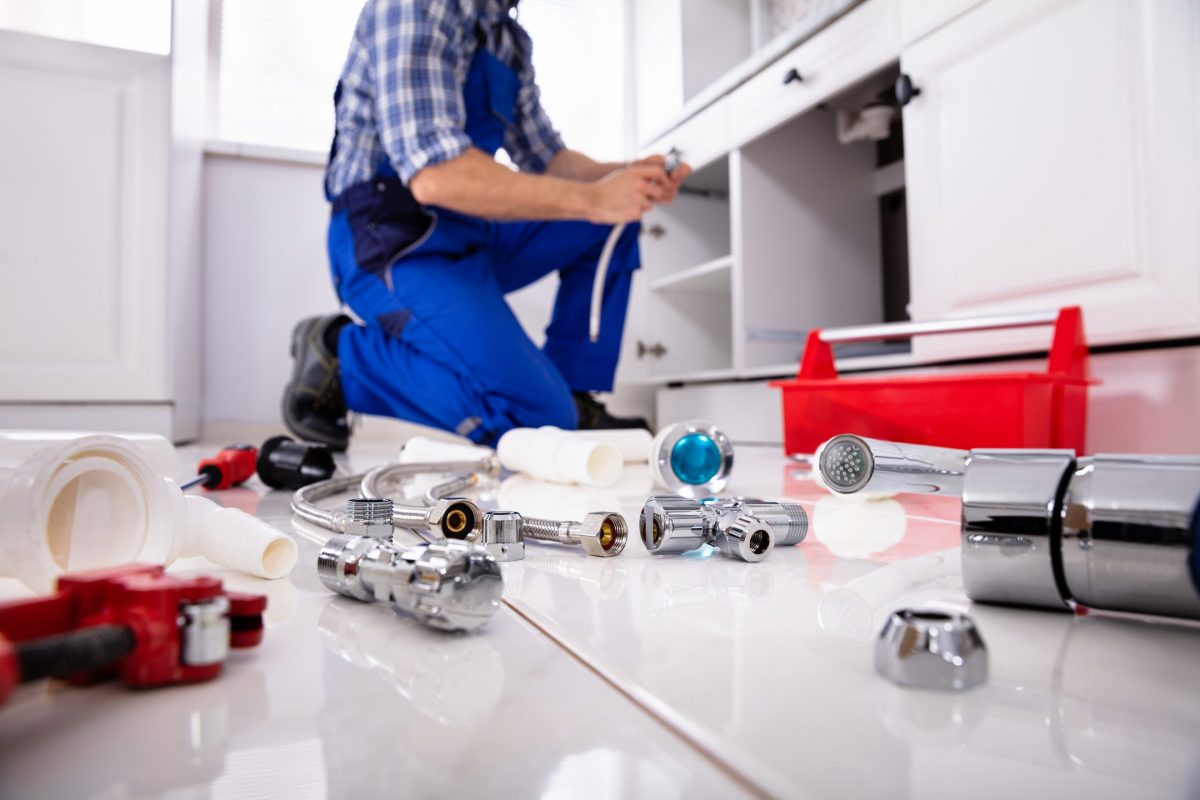Knowing When to Attempt Piping Fixes On Your Own versus Calling a Professional Plumber
Knowing When to Attempt Piping Fixes On Your Own versus Calling a Professional Plumber
Blog Article
What are your opinions concerning When to call a professional plumber vs. DIY?

Introduction
Pipes problems can vary from small troubles to significant headaches, usually prompting house owners to decide between taking on the problem themselves or calling a specialist plumbing. Knowing when to do it yourself and when to seek specialist assistance can save time, cash, and avoid prospective disasters. This write-up discovers the factors to think about when making this crucial choice.
Advantages of DIY Pipes
Handling pipes jobs yourself can be gratifying in a number of means, specifically for easier tasks.
Complexity of Jobs
Some plumbing concerns require specific understanding and devices beyond normal home owner capabilities. Mishandling complicated issues can lead to further damages and pricey fixings.
Security Problems
Collaborating with plumbing systems includes dangers such as exposure to water damages, potential for electrical risks, and dealing with tools incorrectly. Safety and security safety measures should be observed to avoid accidents and guarantee effective repair work.
Indicators to Call a Specialist Plumbing Technician
Recognizing when a plumbing issue surpasses do it yourself capacities is essential to preventing intensifying troubles.
Signs of Complex Concerns
Examples include:
Motivate specialist treatment is needed to address these problems effectively and minimize damage.
DIY Plumbing Tips
For successful do it yourself plumbing, it's necessary to be prepared with the right tools and follow correct treatments.
Standard Devices and Products
Trick devices for DIY pipes:
Step-by-Step Guides
Clear guidelines make certain risk-free and reliable do it yourself repairs:
Selecting the Right Time to Do It Yourself
Establishing when to deal with pipes tasks yourself requires assessing both the complexity of the problem and personal convenience degrees.
Evaluation Checklist
Think about:
Price Financial savings
Do it yourself pipes jobs usually save cash by preventing expert service fees. Tasks like repairing small leaks, replacing faucets, or mounting brand-new showerheads are examples where home owners can deal with repair work without working with a plumbing professional.
Skill Improvement
Taking part in DIY plumbing supplies an opportunity to find out and boost useful skills. Standard jobs equip homeowners to comprehend their plumbing systems far better and gain confidence in handling little repairs individually.
Risks of DIY Pipes
While DIY tasks use benefits, particular threats need to be very carefully thought about prior to trying repairs.
When to Definitely Call a Specialist
Certain circumstances require prompt skilled interest to stop comprehensive damage or safety dangers.
Emergency Scenarios
Examples consist of:
Finding and Working With a Professional Plumber
Choosing a certified plumbing professional makes sure dependable service and assurance in resolving pipes issues.
Requirements for Choice
Variables to think about:
Expense Analysis: DIY vs. Expert Providers
Contrasting the financial ramifications of do it yourself efforts versus expert pipes services helps in making informed decisions.
Financial Considerations
Examine:
Final thought
Determining whether to do it yourself or call a specialist plumbing professional rests on recognizing the complexity of pipes concerns and personal capacities. By weighing the advantages and dangers, property owners can make informed selections that advertise effective upkeep and guard their homes from plumbing calamities.
DIY vs. Professional Plumbing Repairs: When to Call a Pro
When dealing with plumbing issues or embarking on renovation projects, homeowners have to decide whether or not they want professional help with their home’s plumbing system. While master plumbers can complete just about any plumbing project, they can cost a pretty penny. On the other hand, DIY plumbing projects can very quickly go awry, which can make things worse.
In this blog, we’ll explore common plumbing projects that homeowners can confidently tackle, provide insights into the essential tools needed, and discuss critical DIY mistakes to avoid. Understanding these distinctions not only helps in maintaining the efficiency and longevity of your home’s plumbing system but also ensures safety and cost-effectiveness in your repair endeavors.
Installing/Replacing Certain Plumbing Fixtures
Most homeowners should be able to install new plumbing fixtures or replace old ones that are damaged or old. Using basic tools, you should be able to effectively:
Replace faucet washers or cartridges Replace showerheads Install a new toilet seat Hook up new appliances Replace hose bibbs Unclogging Drains
You should also be able to fix any clogged drains within your home by using a plunger, plumber’s snake, or natural solutions like baking soda and vinegar. These can often clear clogged sinks or bathtubs without needing professional drain cleaning assistance.
Fixing Running Toilets
Another plumbing issue many homeowners may be able to handle is a running toilet. Toilets may run more than they should due to a faulty flapper or float inside the tank. Toilet replacement parts are easy to find and often come with easy-to-follow instructions.
Repairing Leaky Faucets
A dripping faucet can not only be an annoyance, but it can also be a waste of water. Leaky faucets can normally be fixed with basic tools and a basic understanding of how they work, making them easy to fix.
Adjusting Water Heater Temperature
If you are able to follow basic safety precautions, you should be able to adjust the temperature on your hot water heater, which can improve your home’s energy efficiency and also increase comfort.
Fixing Minor Leaks in Pipes
For small plumbing leaks, particularly ones at pipe joints, using plumbing tape or a patch kit can be a temporary fix while you decide on a more permanent solution. Repairing broken pipes, however, can be more difficult and may require professional attention.

Hopefully you enjoyed our excerpt on When to DIY and When to Call a Professional Plumber. Thanks so much for taking time to browse our article post. Are you aware of somebody who is curious about the topic? Do not hesitate to share it. I am grateful for your time. Come back soon.
View Report this page